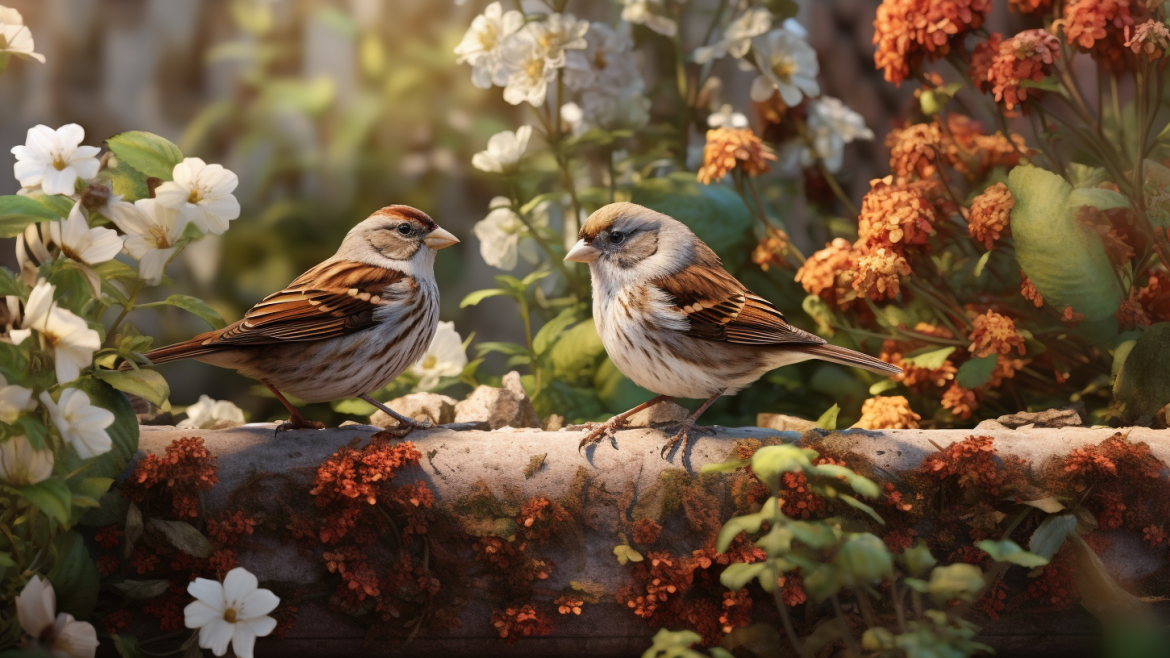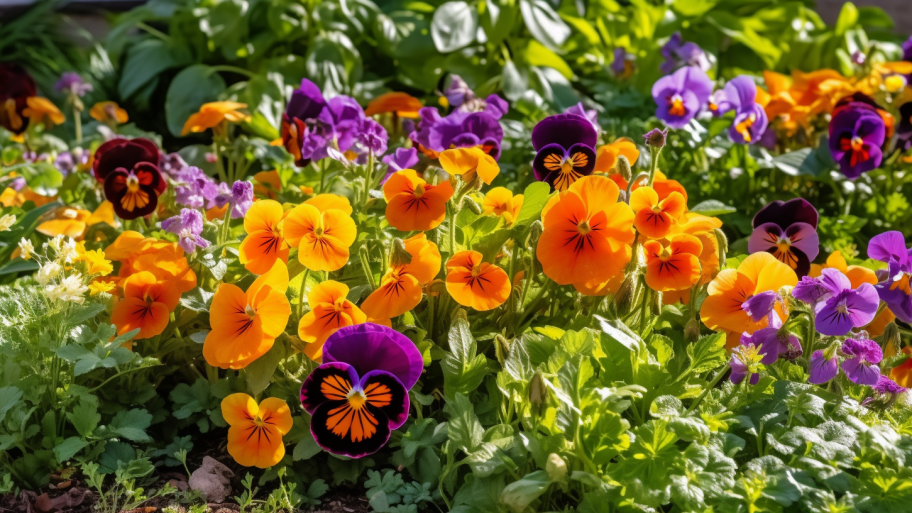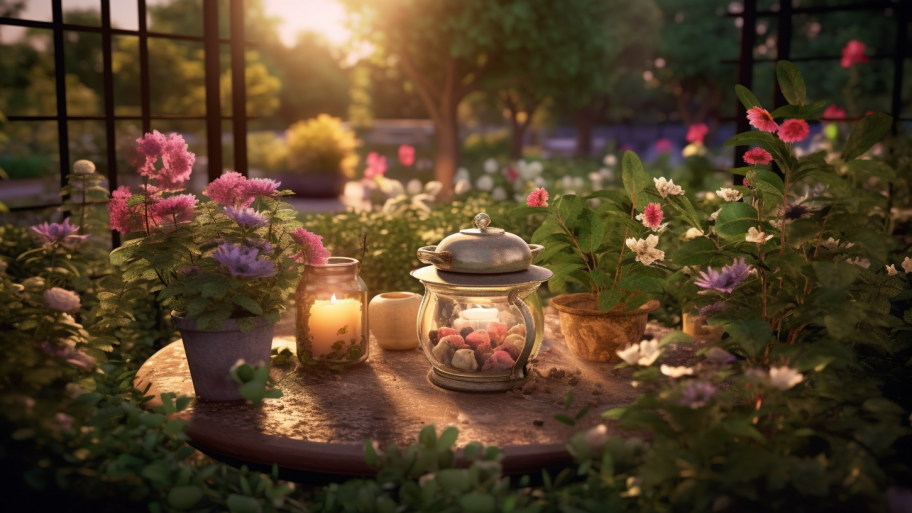A garden teeming with vibrant, chirping birds is a dream for many nature enthusiasts. As urban landscapes continue to grow, our feathered friends are increasingly seeking refuge in the inviting havens we create for them. If you’re looking to transform your garden into a paradise for birds, this guide will walk you through the essential elements of designing a bird-friendly space.
Understanding Bird Habitats and Preferences
Each bird species has unique habitat preferences, and understanding these nuances is the first step in crafting a garden that caters to a diverse array of avian visitors. From ground-dwelling sparrows that forage among the undergrowth to canopy-loving warblers that flit from tree to tree, designing your garden with a variety of vertical layers and plant structures will attract a wider range of bird species.
Pay close attention to the birds that are native to your region, as these species are best suited to thrive in your local environment. By observing the types of plants and habitats these birds prefer, you can tailor your garden design to create a sanctuary that mimics their natural surroundings.
The Importance of Native Plants
Incorporating native plants into your bird-friendly garden is crucial, as these plants have evolved alongside the birds that call your region home. Native plants offer a variety of benefits, including providing food sources and nesting materials that birds have adapted to over time.
Moreover, native plants are often hardier and more resistant to pests and diseases, making them a low-maintenance choice for your garden. By choosing plants that are indigenous to your area, you’re not only supporting the local ecosystem but also creating a sustainable, thriving environment that will attract and sustain a diverse range of bird species.
Providing Food Sources for Feathered Friends
Food is a critical element in attracting birds to your garden. By providing a variety of food sources, such as seeds, berries, nectar, and insects, you can cater to the diverse dietary needs of various bird species. Plant a mix of trees, shrubs, and flowers that produce seeds and fruits throughout the year to ensure a steady supply of sustenance for your winged visitors.
Flowering plants that produce nectar, such as honeysuckle and trumpet vine, are perfect for attracting hummingbirds and other nectar-loving birds. Meanwhile, insect-attracting plants like milkweed and coneflower will provide a rich source of protein for insectivorous birds. By thoughtfully selecting plants that offer a range of food sources, you’ll create an irresistible buffet that will keep birds coming back for more.
As your garden begins to transform into a vibrant, bird-friendly sanctuary, you’ll soon find yourself immersed in the delightful sights and sounds of nature’s symphony. The joy of observing these fascinating creatures up close is a reward that’s truly unparalleled.
Now that you’ve laid the foundation for a bird-friendly garden, it’s time to take your design to the next level by creating safe, cozy nesting sites and shelters. In our next article, “Building Bird Sanctuaries: Shelter and Nesting Solutions,” you’ll discover how to cater to the unique nesting and shelter preferences of various bird species. So spread your wings and dive into the world of avian architecture, creating a haven that your feathered friends will cherish for years to come.




